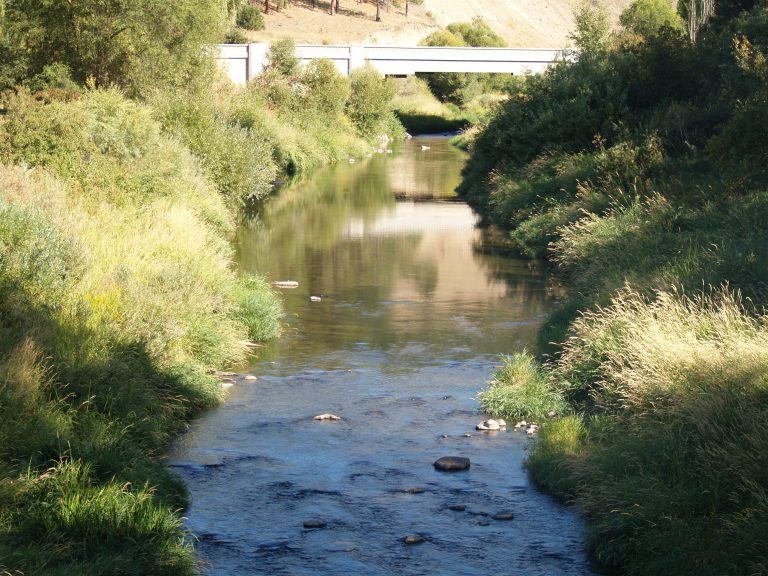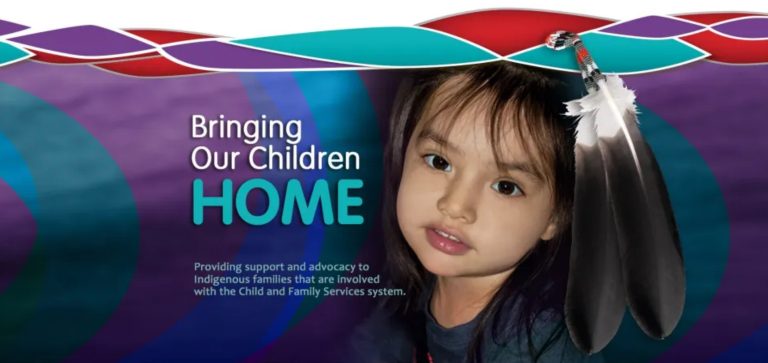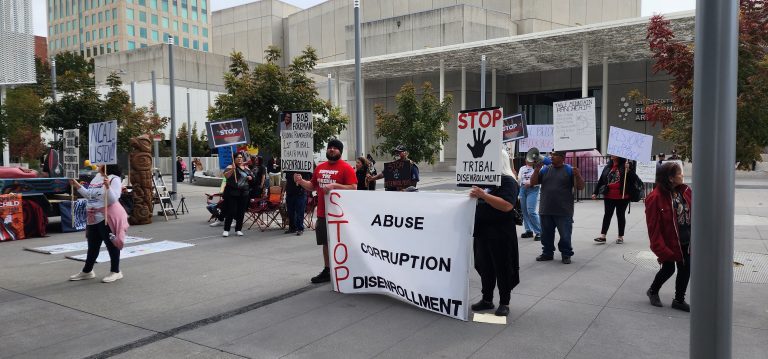Podcast: Play in new window | Download | Embed
Alaska, rest of U.S. brace for outcome of crucial midterm elections
Navajo Nation speaker Damon resigns
Navajo Nation First Lady Nez appointed to Kennedy Center board by President Biden
News For All Americans
Podcast: Play in new window | Download | Embed
Alaska, rest of U.S. brace for outcome of crucial midterm elections
Navajo Nation speaker Damon resigns
Navajo Nation First Lady Nez appointed to Kennedy Center board by President Biden

Podcast: Play in new window | Download | Embed
Coeur d’Alene Tribe gets funding for drought-stricken wetlands
Coastal tribes warn NCAI convention of climate change impact
Podcast: Play in new window | Download | Embed
Badger-Two Medicine oil & gas lease appealed by tribal protectors
‘Uncle Brownie’ backs cannabis at NCAI
Tribal college advocates urge strong turnout

Podcast: Play in new window | Download | Embed
Canada, Manitoba hit with $1bn lawsuit over child welfare system
Census Bureau holds tribal consultation
Alaska Native voter campaign hosts absentee polling station in Anchorage

Podcast: Play in new window | Download | Embed
NCAI convention kicks off with disenrollment on the agenda
Navajo Council speaker Damon faces photo backlash

Podcast: Play in new window | Download | Embed
Indigenous marine mammal meeting warns of funding crunch
Travel costs barrier for Native ND voters
Podcast: Play in new window | Download | Embed
Nez signs executive order for MMIP federal multi-state initiative
Tribal archives, libraries, museums conference biggest ever
CA legislators hold repatriation hearing
Podcast: Play in new window | Download | Embed
CA tribunal claims $40bn school compensation fund not enough
Peltola endorsed by top Alaska Native org
Conference honors Chief Looking Horse
Podcast: Play in new window | Download | Embed
SD candidates answer reconciliation questions on campaign trail
Cultural cooperation focus of CA gathering

Podcast: Play in new window | Download | Embed
New push to urge SCOTUS to uphold Indian Child Welfare Act
WI artist uses music for DV awareness